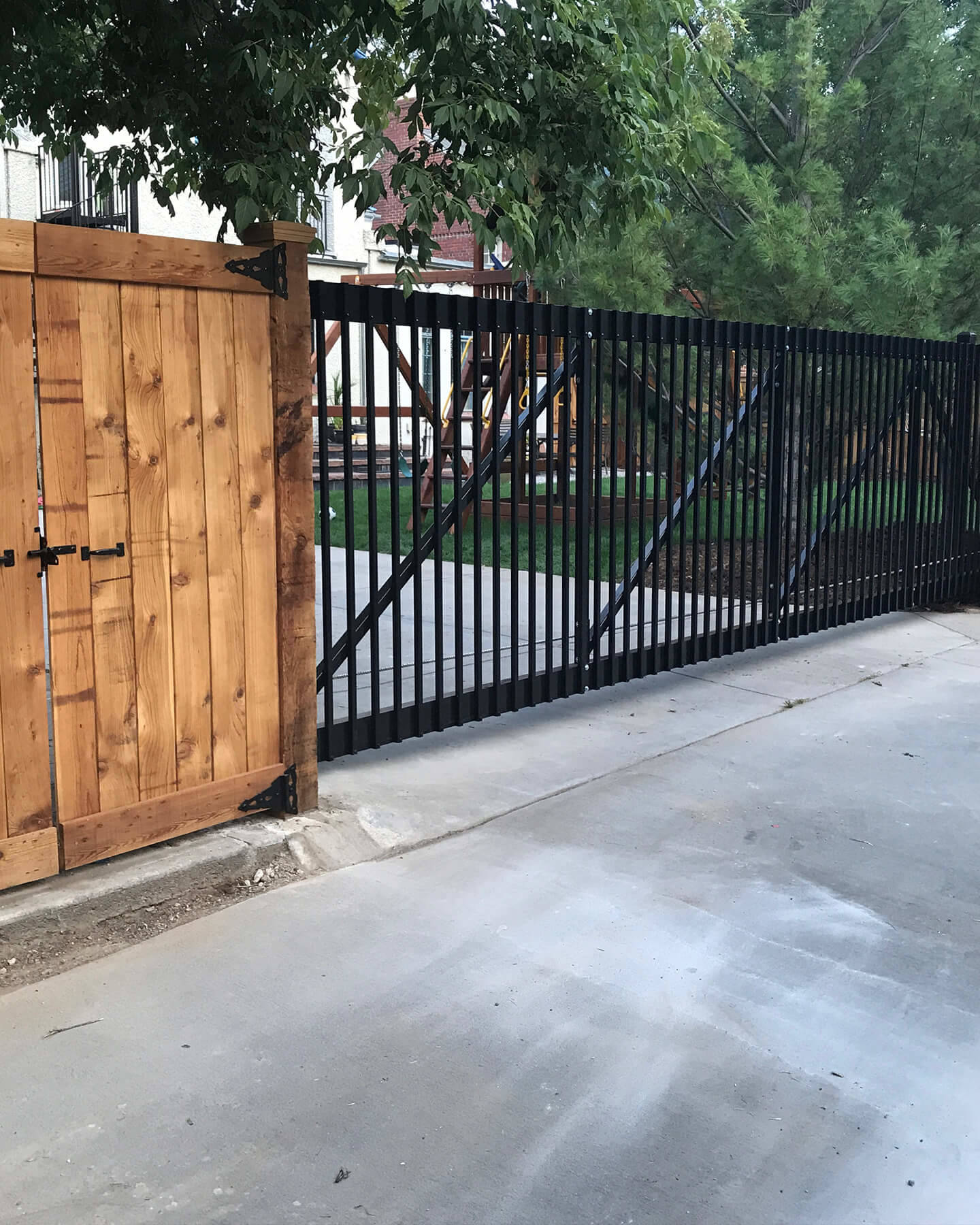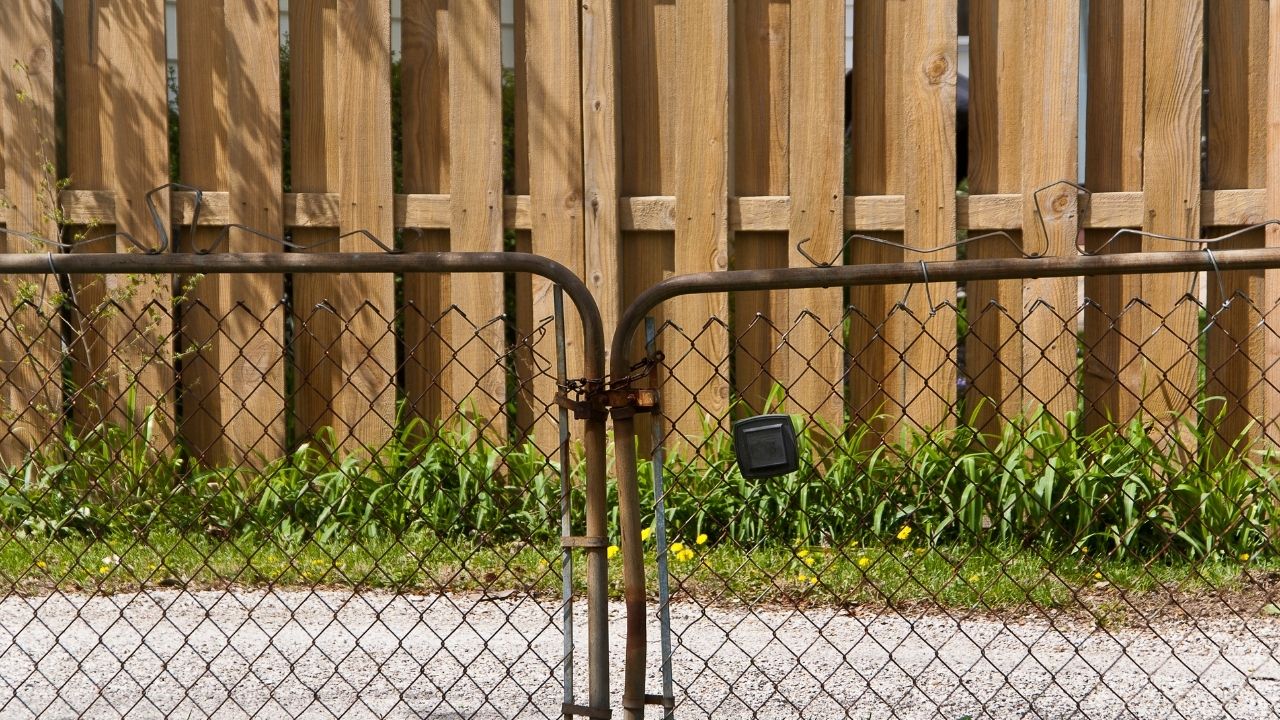
When choosing a vinyl siding repair product, it is important to consider the pros and cons of different brands. Consider what type of dust you'll be dealing with. Vinyl siding repair products that have a longer cable are better suited for homes with delicate furnishings. For homes with more delicate furnishings, you may find a shorter cable is better. Before you purchase, read customer reviews.
Clear caulk can be either silicone or polyurethane. Both adhere well to vinyl, but are difficult to clean. Contact cement is made out of synthetic or natural rubber. It's dissolved in a solvent. It is used in the repair of vinyl and other plastic. Because rubber cement can react negatively to vinyl, it is best for homes with low moisture. It is not recommended to use rubber cement in homes with many cracks as it can cause irritation to the siding.

Before applying vinyl siding adhesive, clean the surface of the siding to remove any loose paint or varnish. Mix the DAP Platinum Patch Advanced External Filler and apply it to affected areas using a plastic knife. To smoothen the filler, use a plastic putty blade. Let it dry for between two and four hours. Sand the repaired area with a piece of 100-grit sandpaper.
It can be tricky to hang Christmas lights in a vinyl home. If the weather is bad, suction cups may not hold so use a hook with adhesive. Consider several different ideas for light attachment. For textured vinyl siding, it is important to keep in mind that suction cups might not be the best choice. There are other options. These techniques are cheap but may not be stable enough in adverse weather.
You can also purchase a siding-removal tool with six patches as well as an extra-long handle. These two tools are very useful for removing vinyl siding without damaging it. Using the correct tool is crucial to removing it successfully. It is not easy to remove vinyl siding, but with a little bit of effort, you can do it yourself. You can use a zipper to remove the siding.

Super glue is another type of vinyl siding repair product. Super glue is a glue that melts plastic pieces together. Super glue can be used for DIY projects. A construction adhesive is better for surfaces that are not porous. Loctite PL Premium Max has the strongest construction adhesive. It will cure to a solid state in just 24 hours. It allows you to pressurize heavy objects.
FAQ
How do you renovate a house with no money?
The following steps should be taken when renovating a house without any money:
-
Create a budget plan
-
Find out what materials you need
-
Decide where you want them to go
-
Make a list.
-
Determine how much money you have
-
Plan your renovation project
-
Get to work on your plans
-
Online research is a good idea.
-
Ask family and friends for their help
-
Get creative!
What should I do before renovating a home?
Clean out your home and get rid of all clutter. Next, you will need to eliminate mold, repair or replace any damaged walls, repaint your entire interior, and fix any leaky pipes. Final steps include cleaning up exterior surfaces and applying new paint.
How Much Does It Cost To Renovate A House?
The cost of renovation depends upon the type of material used, the size of the project and the complexity of the job. Some materials, like wood, need special tools like saws and drilling while others, like steel require no additional tools. The price of renovation also varies depending upon whether you want your contractor to do everything for you or if you prefer doing some work yourself.
Home improvement projects cost on average $1,000 to $10,000. The cost to hire professionals would be anywhere from $5,000 to $25,000. If you hire professionals, the cost would be between $5,000 and $25,000. However, if the task is done entirely by yourself, the cost could rise to as high as $100,000.
It is important that you are aware of the many factors that affect the final price of renovations. These include the material used (e.g. Brick vs. concrete, the project's size, the number and duration of workers, etc. You must always keep these factors in mind when estimating the total cost of renovation.
Are you able to live in a renovated house?
Yes, I can live in a house while renovating it
Is it possible to live in a house with renovations going on? The length of construction takes will determine the answer. If the renovation process takes less than 2 months, then your home can be lived in while it's being renovated. You can't live there if your renovation project takes more than two months.
There are many reasons why you should not live at home during major construction projects. You might be hurt or even die from falling objects on the site. There is also the possibility of dust and noise pollution from the heavy machinery at the job site.
This is especially true if you live in a multi-story house. This is because the vibrations and sound created by construction workers could cause serious damage to your property.
As mentioned earlier, you will also have to deal with the inconvenience of living in a temporary shelter while your home is being renovated. This means that you won't have access to all the amenities that come with your own home.
For example, you will not be able to use your washing machine and dryer while they are undergoing repair. In addition to the unpleasant smells of chemicals and paint fumes, you will have to endure the noises made by workers.
All these factors can result in stress and anxiety within your family. So it is important that you plan ahead so you don't feel overwhelmed by all the circumstances.
When you decide to start renovating your home, it is best to do some research first so that you can avoid making costly mistakes along the way.
Also, it is a good idea to get professional help from a reputable contractor in order for everything to go smoothly.
Statistics
- Most lenders will lend you up to 75% or 80% of the appraised value of your home, but some will go higher. (kiplinger.com)
- Rather, allot 10% to 15% for a contingency fund to pay for unexpected construction issues. (kiplinger.com)
- The average fixed rate for a home-equity loan was recently 5.27%, and the average variable rate for a HELOC was 5.49%, according to Bankrate.com. (kiplinger.com)
- They'll usually lend up to 90% of your home's "as-completed" value, but no more than $424,100 in most locales or $636,150 in high-cost areas. (kiplinger.com)
- Design-builders may ask for a down payment of up to 25% or 33% of the job cost, says the NARI. (kiplinger.com)
External Links
How To
Do you prefer renovating exterior or interior?
Which should I choose first?
When choosing which project to begin with, there are many things to take into consideration. The most important factor to consider is whether the building has been around for a while. If the building is old, then there are many things to take into consideration such as the condition of the roof, windows, doors, flooring, electrical system, etc. The location, style, number of rooms and size of a new building are all important aspects.
If the building is old, the first thing to look at is the roof. If it looks like the roof could collapse any minute now, you may want to start on the renovation. If your roof is intact, you can proceed to the next phase. Next, inspect the windows. You might need to replace them if they are damaged or stained. After that, you can go through all the doors to make sure they are clear of any debris. Once everything is clean, you can then begin to put the floors together. You should ensure that the flooring does not crack or become unstable no matter how many times you walk on them. The next step is to check the walls. Examine the walls carefully to determine if there are any cracks or other damage. If the wall is intact, then you can move to the next step. The ceiling can be finished after the walls have been examined. It is important to inspect the ceiling and ensure it is strong enough for any weight you may place on it. You can then move on with your renovation if everything looks good.
If the building was newly built, you'd probably start with its exterior. Start by looking at the outside. Is it in good condition? Are there cracks or holes? Does it look good overall? If the exterior looks bad, it's time to make improvements. Your home shouldn't look shabby. Next, inspect the foundation. The foundation should be inspected for weakness and repaired. Also, be sure to check your driveway. It should be smooth and flat. If it's not, it should be fixed. Also check the sidewalk when you are checking the driveway. It should be replaced if it is uneven.
Once you have completed these inspections, you can now move on inside the house. The kitchen is the first thing you should inspect. Is it clean and well-maintained? It should be cleaned up if it's messy. Next, examine the appliances. The appliances should be in good working order. If they aren't, then you should either buy new ones or fix them. The cabinets should be inspected after that. You should paint them if they are damaged or stained. If they are in great condition, then you can go to the bathroom. You should inspect the toilet here. If it leaks, then you should probably get a new one. You can wash it if it is just dirty. Next, inspect all fixtures. Make sure they're clean. They should be cleaned if they are dirty. The countertops should be inspected as well. Repainting countertops is advisable if they have cracked or are chipped. If they are smooth and shiny you can use a sealant.
The last step is to check the furniture. Make sure that none of it is missing or broken. If it's missing or damaged, you need to find it. You should fix anything broken. After you've checked everything, it is possible to move outside and complete the job.